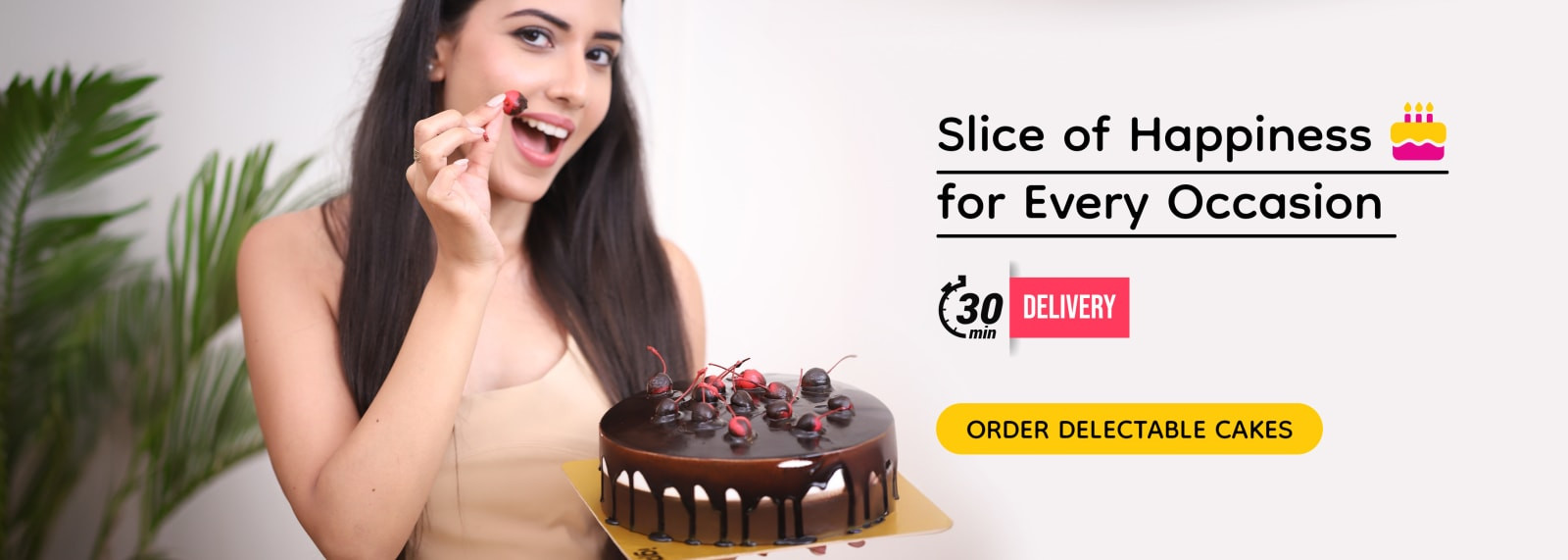Expressing affection through numbers adds a unique and geeky touch to romance. Whether you’re a math enthusiast or simply seeking a creative way to say “I love you,” numerical codes offer a playful and memorable approach. Let’s explore some popular and intriguing ways to convey your feelings using the language of numbers.
Decoding Numeric Love: Popular Codes
Several number codes have emerged as shorthand expressions of love, each with its own origin and significance.
143: A Simple Equation of Affection
This classic code breaks down “I love you” based on the number of letters in each word:
- 1 = I
- 4 = Love
- 3 = You
143 provides a quick and easy way to express affection, especially in text messages or social media. While its origins remain unclear, it gained popularity in the 1990s through pager codes.
520: A Mandarin Love Language
The code 520 stems from the Mandarin Chinese pronunciation of the numbers 5 (wu), 2 (er), and 0 (ling). These sounds closely resemble the phrase “wo ai ni,” meaning “I love you” in Mandarin. This clever phonetic association makes 520 a popular expression of love in Chinese-speaking communities.
371: A More Elaborate Cipher
This code assigns a specific number to each letter of “I love you”:
- 3 = I
- 7 = L
- 1 = O
- 3 = V
- 7 = E
- 1 = Y
Though less intuitive than 143 or 520, 371 offers a more complex and encoded message of love.
 alt text: a couple holding hands with a mathematical equation overlaid
alt text: a couple holding hands with a mathematical equation overlaid
Beyond Simple Codes: Mathematical Expressions of Love
More intricate mathematical concepts can also convey profound romantic sentiments.
The Golden Ratio (1.618…): Love in Harmony
Represented by the Greek letter phi (Φ), the Golden Ratio embodies harmony and proportion, often found in nature and art. In the context of love, it symbolizes the ideal balance and aesthetically pleasing connection between two individuals. Just as the Golden Ratio creates visual harmony, it represents the harmonious relationship between two people in love.
143.5°: The Angle of the Heart
This specific angle represents the apex of a classic heart shape. Using this angle to draw a heart symbolizes the precise measurement of love, blending geometry with romantic expression.
1/∞ : Infinite Love
Dividing one by infinity results in an infinitesimally small number, approaching zero. This symbolizes the immeasurable and boundless nature of love, expressing a devotion that transcends any finite quantity.
Φ² (Phi Squared): Love’s Exponential Growth
Squaring the Golden Ratio (approximately 2.618) represents the ever-expanding and deepening nature of love. It signifies a relationship that continuously grows and flourishes, fueled by the powerful force of connection.
Prime Factorization: Love’s Building Blocks
Breaking down a number into its prime factors reveals its fundamental components. For example, 108 can be expressed as 2³ 3² 5. This process symbolizes how two individuals, each with their unique qualities (prime factors), come together to create a whole and harmonious relationship.
(10³ + 20 + 10) / 2 + 50: A Complex Equation, Simple Message
While seemingly complicated, this equation ultimately simplifies to 565. It represents the intricate journey of love, where two individuals (20) with a thousand shared moments (10³) and ten letters to express their feelings (“I love you”) ultimately unite (divided by 2) and amplify their love fiftyfold (+50).
 alt text: a variety of cakes, symbolizing celebration and love
alt text: a variety of cakes, symbolizing celebration and love
Whether you choose a simple code or a complex formula, expressing “I love you” through numbers adds a unique and thoughtful dimension to your affection. These numerical expressions offer a creative way to connect with your loved one on a different level, blending logic with emotion to create a truly memorable message.

